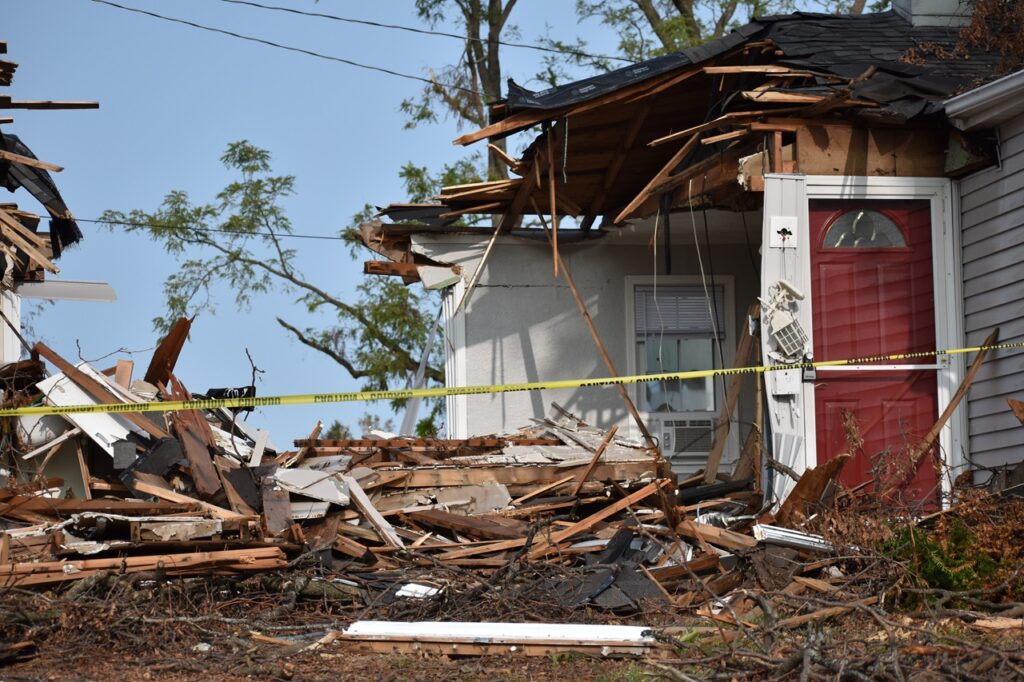Iowa City Highlander Hotel seeks bankruptcy protection
Annie Smith Barkalow

A house destroyed by the derecho is pictured Sept. 14, 2020 on 27th Street NE in Cedar Rapids. CREDIT ANNIE SMITH BARKALOW
A new study by a University of Iowa researcher has found that, when it comes to climate change risk management strategies, insurance companies gravitate toward an “out of sight, out of mind” approach.
In his study “Insurers’ climate change risk management quality and natural disasters,” Tippie College of Business associate professor of finance and co-author Thomas Berry-Stoelzle found that insurance companies are more likely to strengthen their…

Get immediate, unlimited access to all subscriber content and much more.
Learn more in our subscriber FAQ.
Do you want to read and share this article without a paywall?
